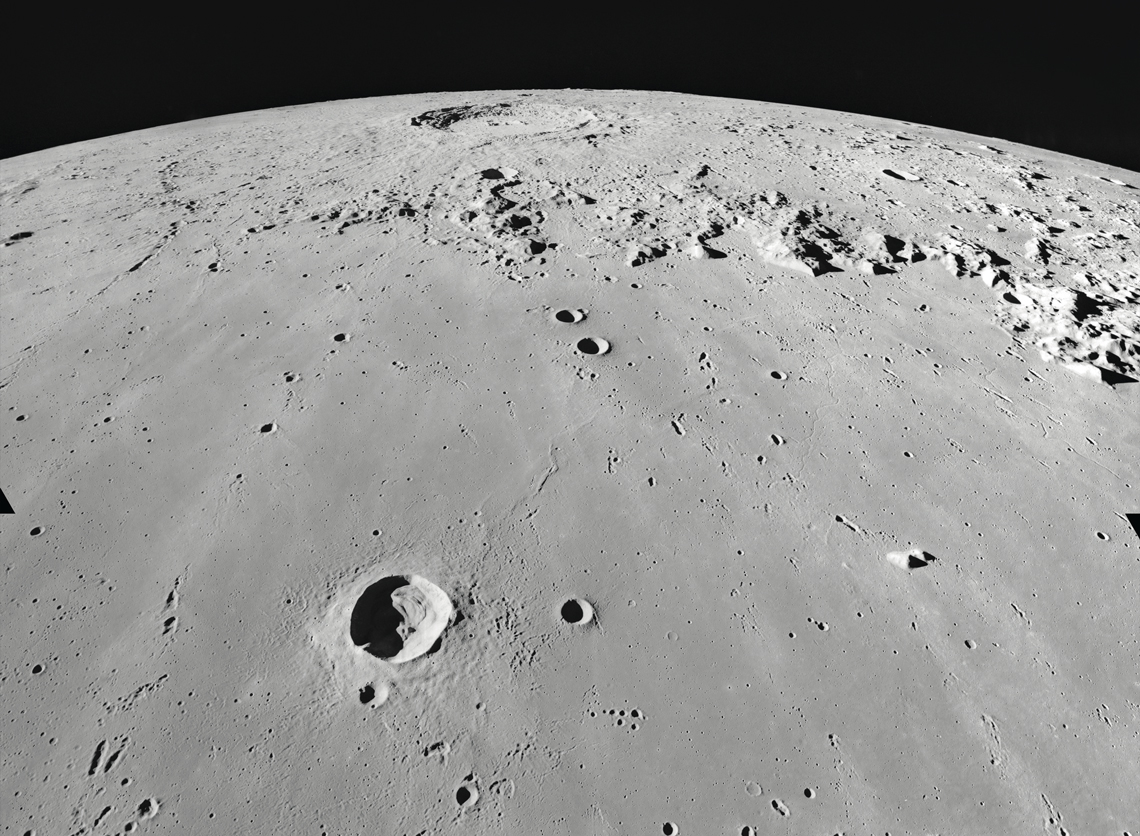Older ages than expected and an enormous slab of granite were among the news about the Moon shared at a conference held in Lyon, France, in July. A group from Norway and France described how they revised the method for estimating the age of the Moon’s surface. Earth’s natural satellite is around 4.5 billion years old according to the most accepted hypothesis, which states that it was created by an asteroid colliding with Earth, which itself is 4.7 billion years old. The Moon’s current surface, however, is younger. Some parts appear to be 200 million years younger than previously thought, based on analysis of the craters. The dating of samples collected by NASA’s Apollo missions were conflicting. The team spent nearly 10 years examining spectroscopy data collected by other missions. The estimated formation date of a region known as Mare Imbrium changed from 3.9 billion to 4.1 billion years ago. Another international group announced an area approximately 50 kilometers across that is hotter than previously imagined. It could be cooled lava remaining inside a volcano that last erupted 3.5 billion years ago. On Earth, this type of rock requires water and tectonic activity, conditions that do not exist on the Moon (EurekAlert, July 6 and 11; Nature, July 5).
RepublishAstronomy
Ages of the Moon

Mare Imbrium, estimated to be 4.1 billion years old
NASA